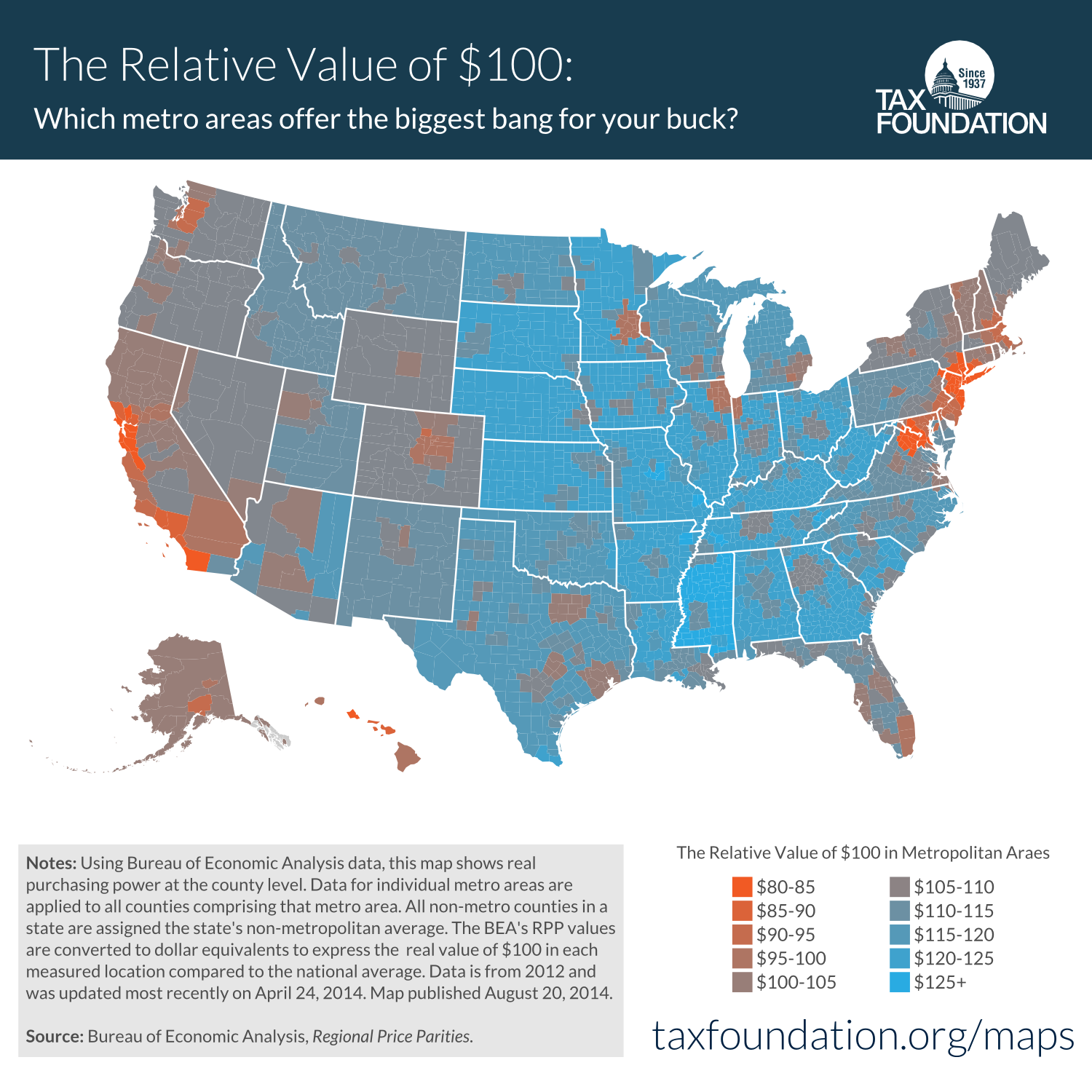Wikipedia:
The H-1B is a non-immigrant visa in the United States under the Immigration and Nationality Act, section 101(a)(15)(H). It allows U.S. employers to temporarily employ foreign workers in specialty occupations…. The regulations define a “specialty occupation” as requiring theoretical and practical application of a body of highly specialized knowledge in a field of human endeavor[1] including but not limited to biotechnology, chemistry, architecture, engineering, mathematics, physical sciences, social sciences, medicine and health, education, law, accounting, business specialties, theology, and the arts, and requiring the attainment of a bachelor’s degree or its equivalent as a minimum.
And from the Dept. of Labor’s website:
The Immigration and Nationality Act (INA) requires that the hiring of a foreign worker will not adversely affect the wages and working conditions of U.S. workers comparably employed. To comply with the statute, the Department’s regulations require that the wages offered to a foreign worker must be the prevailing wage rate for the occupational classification in the area of employment.
The purpose of the H-1B program is (nominally) to allow U.S. employers to hire foreign nationals when there are no U.S. citizens available to fill the advertised position. In practice, the program is regularly used to screw American workers. For example, see “Congress and President Obama Cannot Sit Idly By While Companies Use H-1B Guestworkers to Replace American Workers“:
A recent investigation by Computerworld revealed that hundreds of information technology (IT) workers were laid off by Southern California Edison (SCE) and replaced with temporary foreign workers through the H-1B guestworker visa program, which allows employers to hire temporary foreign workers for up to six years if they have at least a college degree (most work in IT). The replacement H-1B workers are employed by two India-based IT services firms that specialize in outsourcing and offshoring U.S. jobs: Infosys and Tata Consultancy Services. While U.S. Sen. Jeff Sessions (R-Ala.) and Rep. Darrell Issa (R-Calif.) have publicly criticized the move, it doesn’t look like any action will be taken to reverse it.
Continue reading →


